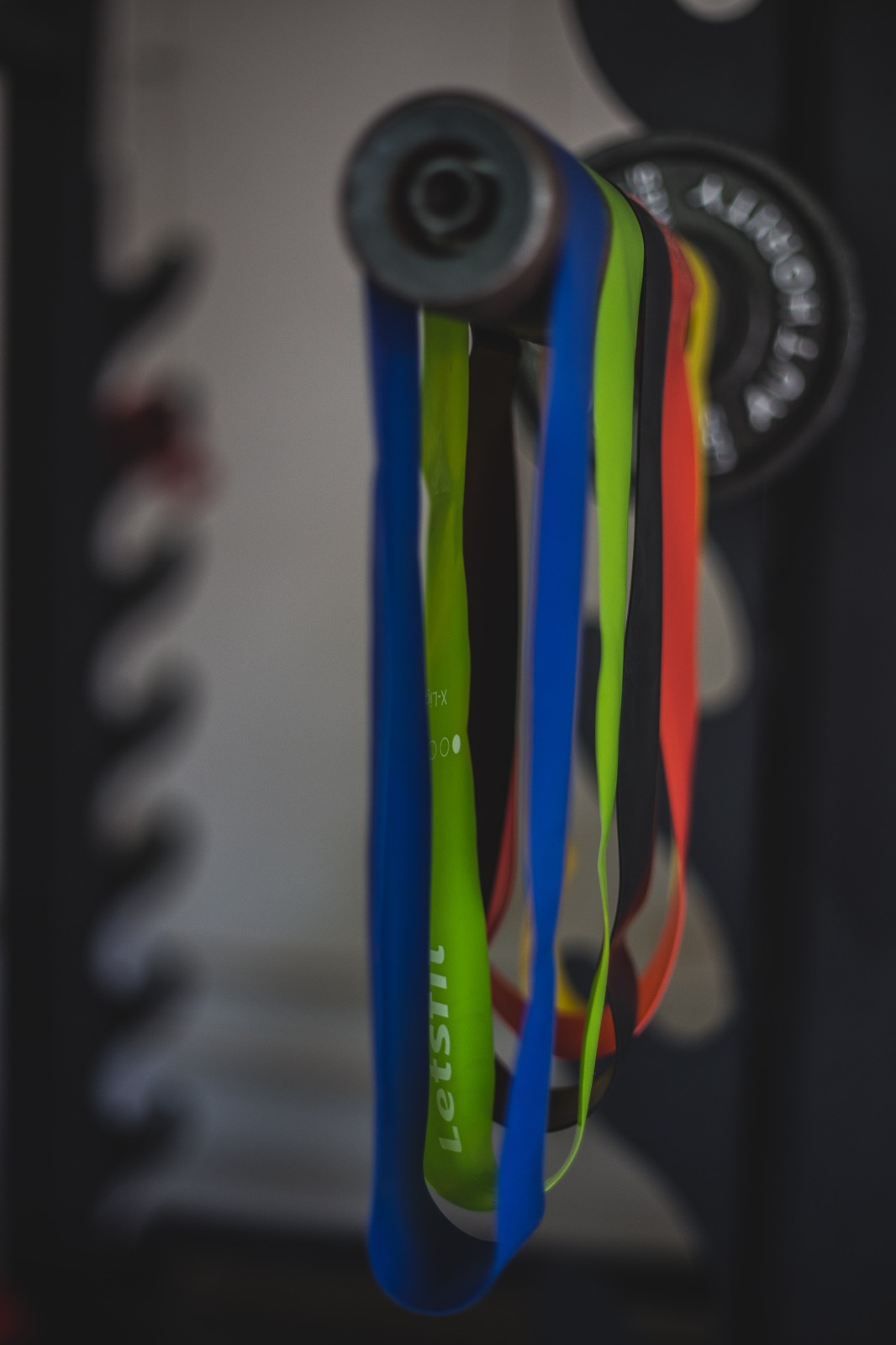Practice Planning And Incorporating Physical Abilities In Practices

Practice planning is a key component of youth basketball development. It plays an essential role as a guide for long-term success in the sport by providing players with the skills and knowledge they need to thrive both on and off the court.

Properly made planning helps young athletes build a strong foundation of skills and knowledge, as well as decision-making ability, discipline, teamwork and all other essential skills. It also provides coaches with an opportunity to teach proper techniques in a more structured way and keep track of players' progress, which are key pillars of long-term development.
It is essential for coaches to create comprehensive monthly and ideally annual practice plans that are tailored specifically to each of their teams’ needs. Such practice plans should include technical ability drills that focus on developing specific skills such as ball handling, shooting, passing- a combination of them, rebounding, defensive fundamentals, strength - conditioning and more. They should also be designed considering age-appropriate goals in mind; for instance coaches should prioritize fun factor with young kids while older teenagers may need more complex and tactical drills that challenge them to think critically about the game. Coaches may consider utilizing various types of equipments to emphasize the fun factor for young kids,for example, hoops and different size of balls from various sports.
Alongside technical and tactical abilities, including physical abilities in practice planning for youth basketball players is crucial to help them improve their speed, coordination, mobility, flexibility and also reduce the risk of injury, which could have long-lasting effects on their growth and physical abilities. Despite the fact that most coaches hardly find time for physical ability drills, 20-25 minutes is usually enough to make a huge difference that is easily discernable on the court. Bear in mind that some physical skills may simply be combined with basketball drills, which would lessen the burden of the time limit.
1.Focus on strength training: Building strength is important for basketball players of all ages. Youth players can start with bodyweight exercises like push-ups, pull-ups, squats, and lunges, and gradually progress to using weights as they get stronger. If your players are not strong enough to perform these exercises, you could consider starting with isometric holds.
2.Emphasize agility and quickness: Agility and quickness drills can help youth basketball players improve their footwork, reaction time and faster change of direction. Change of direction is one of the big demands of today’s game, and therefore coaches should put emphasis on the skill. Incorporate exercises like agility ladder drills, tennis ball-football drills and jump ropes into your training.
3.Rotational moves: Rotational moves are critically important to transfer the strength from lower body to upper body or the exact opposite. Besides that rotational exercises help improve core strength&stability as well as coordination. Consider adding basketball and basketball specific drills into your rotational exercises so that your players do not get bored easily.
4.Improve flexibility: Flexibility is important for preventing injuries, enchancing range of motion and improving performance. Encourage youth players to stretch regularly, and incorporate exercises like yoga or Pilates into their training.
5.Remember that youth players are still growing and developing, so it's important to emphasize proper technique and avoid overtraining or pushing them too hard. With consistent practice and training, youth basketball players can develop their physical abilities and improve their performance on the court.